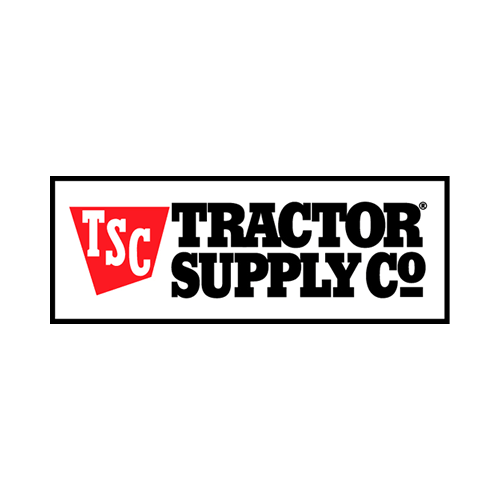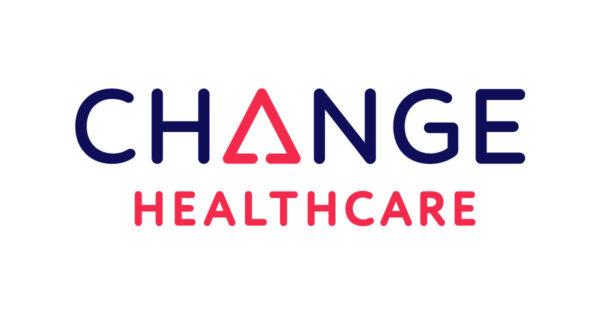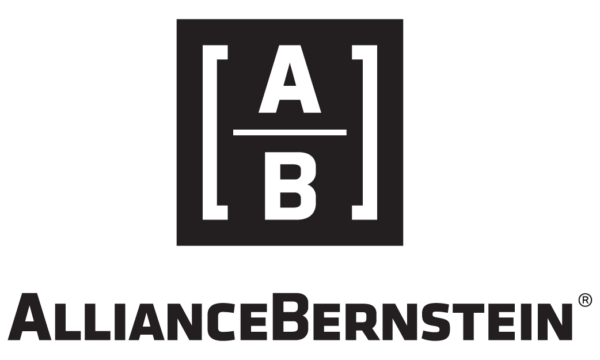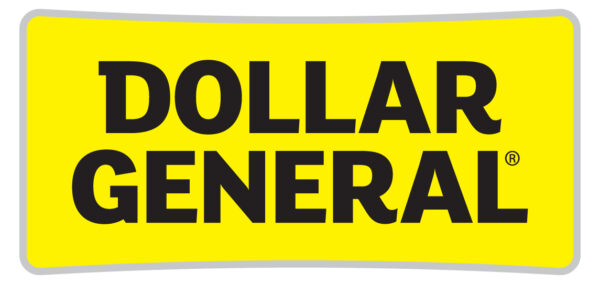Ideally, investing for retirement would provide high yields with a painless process. However, the many regulatory requirements, less-than-stellar investments, and processes that are unnecessarily complicated can hinder and confuse those planning for their golden years.
Disrupting the retirement investment space, Alto IRA (Alto) was founded in 2015 and launched its initial service in April 2018. In Fall 2018, Alto created The Alternative IRA®. Fifteen months later, they had $50M in assets and 1,000 customers. Now, Alto has over $1B in assets under custody and more than 18,000 customers, and is well on its way to the IRA as a service company originally envisioned.
“Alto makes it easy and affordable for individuals to access their tax-advantaged savings and unlock the door to investing in alternative assets,” says Founder and CEO Eric Satz.
Investment Made Smarter
Before he founded the company, Eric was a venture capitalist. “I wanted to use some of my IRA savings to invest in a private company. It turned out to be incredibly complicated and expensive, and my thought was, ‘This is ******* silly.’ I wanted it to take eight minutes, but it took eight weeks. The cost of maintaining this type of investment will keep, you know, ninety-nine and a half percent of America from actually doing it.”
After this experience, Eric was dismayed. He felt and still feels that “passive public market investment vehicles—like ETFs, mutual funds, and index funds—are largely a path to zero returns for the foreseeable future,” and that paths to financial choice and freedom for incoming retirees require new solutions.
“If you look at historical averages, the market recently has actually delivered some significant positive returns. Without any great understanding as to ‘Why?’ And so, if you look at the next 10 years, if we get a return towards the mean, you’re going to have a slightly negative return. Over the next 20 years, it’ll basically be plus one percent.”
According to Eric, the paltry returns are due to consolidation within the markets. He points out that the market itself is now driven by BlackRock and Fidelity Investments, two large buyers and sellers. He says that the U.S. market used to have about 9,000 public companies. Now, the U.S. market has less than 4,000 public companies.
“Companies are staying private longer, such that by the time they go public, the huge returns have been earned by all the people who were private investors. So how do we make those opportunities accessible to everybody, right? And that’s in part what we’re focused on figuring out and enabling,” he explains.
No One Should be Relying on One Asset for Retirement
Eric doesn’t expect people to think about retirement saving the same way 20 years from now. What he does anticipate is a path to financial freedom with a diversified portfolio. This portfolio would hold long-term assets that have the potential to deliver outsized gains. These diverse assets range widely, and can include companies at various stages, venture capital, private equity, artwork, collectibles, cryptocurrency, and even farmland.
Eric states, “Ideally, we’d all be invested across 10 different asset categories, maybe with 10 percent of our net worth in each category. And, you know, I think that may be a little too difficult for most. So, maybe we have 20 percent invested in five different asset categories or verticals.” These verticals could include public stocks, which Eric does recommend investing in proactively, not passively—so long as one invests in other assets.
Alto may be best understood as a fintech company that’s created a network of alternative asset investment opportunities. The company’s technology architecture integrates alternative investment partners with its platform through an application programming interface (API). Its integration with these other companies makes it easy and cost effective for people to invest right from their Alto dashboard. These integrated investment partners include Coinbase for cryptocurrencies, Carta and Assure for funds, Republic for early stage companies, AcreTrader and FarmTogether for farmlands, and DiversyFund and CalTier for real estate, to name a few.
Investment technologies like Alto have enabled consumers to participate in what Eric calls “the fractionalization of ownership.” Where one might have needed $250,000 to buy a piece of property in the past, they can now own a portion of the property for $250 and reap its proportional benefits. Lowering the amount of capital required to make an investment gets more people to investment vehicles.
Eric says, “It’s really all about the tech platform. The goal is to do for alternative IRA investing what TurboTax did for self-filing.”
The New Ways to Investment…
According to Eric, Alto’s integration of investment partners and applied automation is unheard of in the IRA space. He ascribes its success to a combination of factors. Title III of The Jobs Act, regulation crowdfunding, and the investment partners themselves are all recent developments. Bearing this in mind, the time to market for others in the investment space creating a similar business is long.
Alto raised $17M in its latest round of venture capital financing (known as “Series A”). With this money, the company will expand its platform in various directions.
In part, Eric credits Alto’s success to the intersection of hard work, opportunity, and awareness, which he says is the equation to good luck. “Awareness” also happens to be embedded in one of Alto’s core values, “Ask Why?”
He says, “There are some positions that are highly specialized and skilled that are regulatory in nature. Compliance, for example. But other than those specific positions, we try to hire folks who have never been in the industry before, because they don’t come with any preconceived blockers.”
Alto’s employee pool presently sits at 90+ employees, with a fourth of its workforce building out the technology. Eric says that by the end of 2021, they will have doubled the size of the engineering team.
For further information about Alto IRA, be sure to visit its website and social media.









